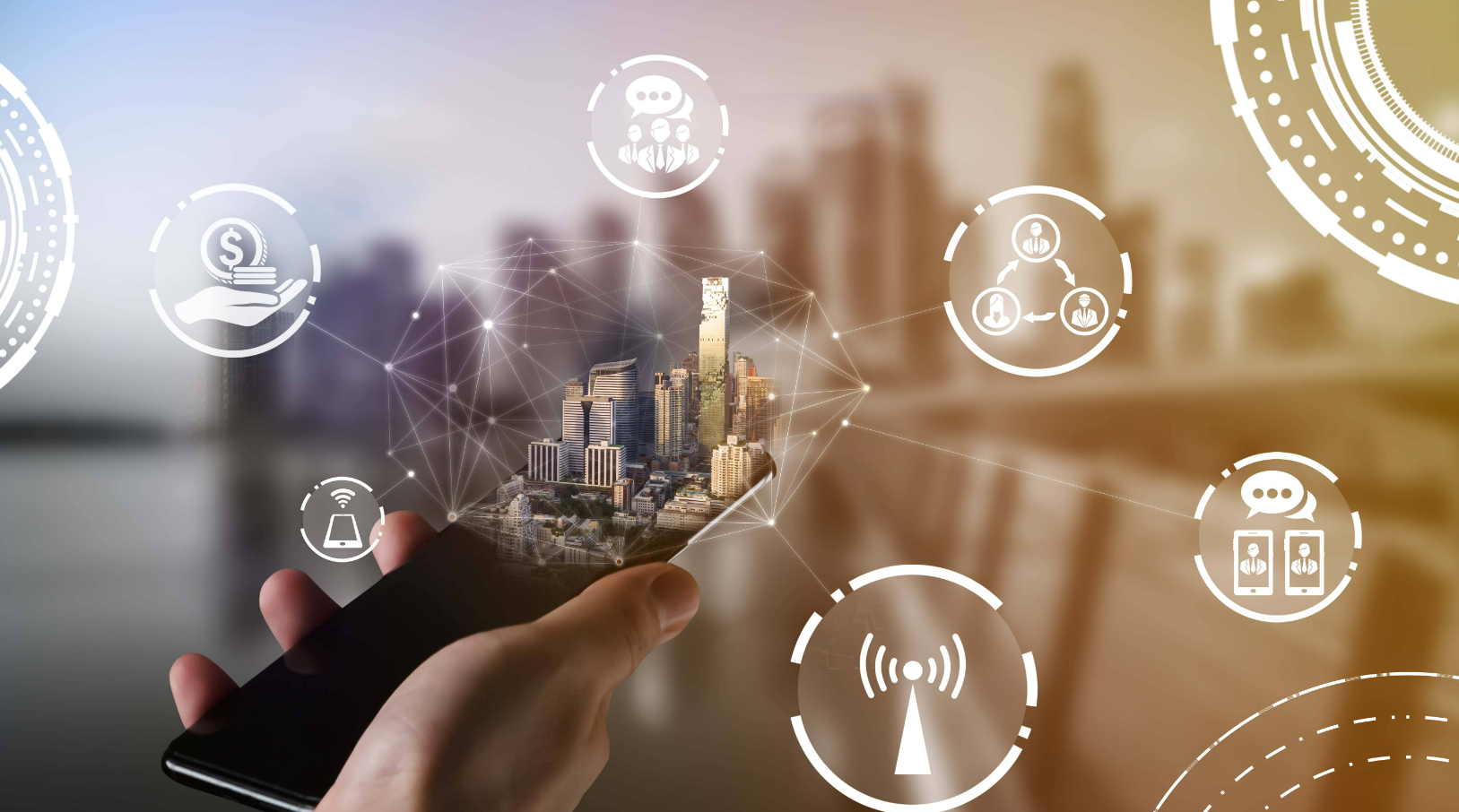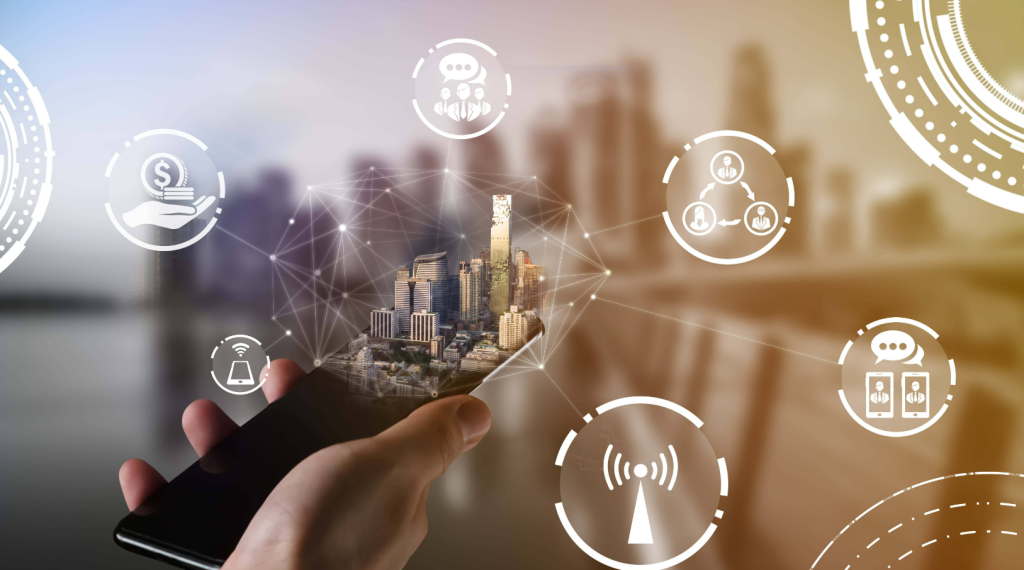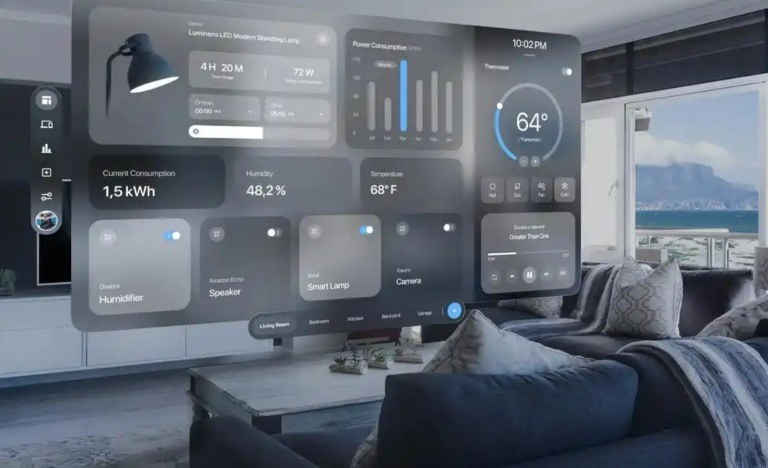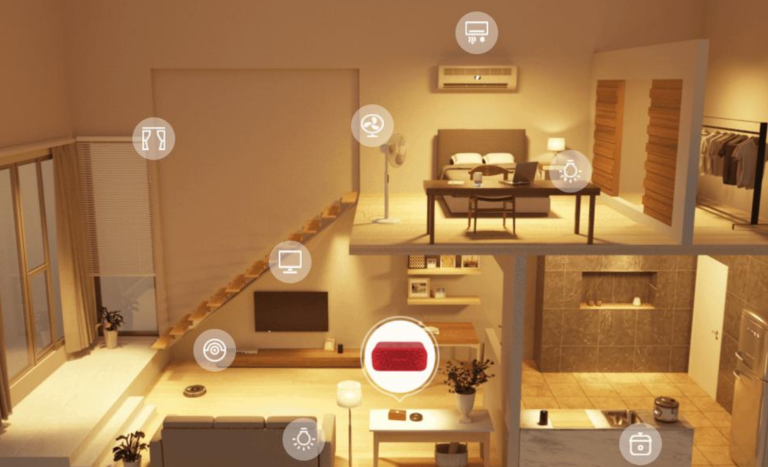

Smart Homes and Environmental Protection: A New Way of Sustainable Living
Introduction: The Green Revolution in Smart Homes
Imagine a home that not only makes your life easier but also heals the planet. Smart homes, once a futuristic dream, are now leading the charge in sustainable living. By merging cutting-edge technology with eco-conscious design, these homes reduce energy waste, conserve water, and even clean the air you breathe. But how exactly do they work, and can they really make a difference? Let’s explore how smart homes are rewriting the rules of environmental protection.
1. What Makes a Smart Home Sustainable?
Beyond Convenience: The Eco-Friendly Core
Smart homes aren’t just about voice-controlled lights or self-adjusting thermostats—they’re about resource optimization. Every automated system, from lighting to irrigation, is designed to minimize waste without sacrificing comfort.
Key Components of an Environmentally Smart Home
- Energy-efficient appliances: Smart fridges, washers, and HVAC systems.
- Real-time monitoring: Sensors that track usage and suggest cuts.
- Renewable integration: Solar panels paired with smart grids.
2. Energy Efficiency: The Backbone of Green Smart Homes
Smart Thermostats: Cutting Waste, Maximizing Comfort
Devices like the Nest Learning Thermostat save 10–23% on energy bills by learning your schedule and adjusting temperatures automatically. Some even use geofencing to turn off HVAC when you leave.
Lighting Automation: LEDs, Sensors, and Natural Light
Smart bulbs (e.g., Philips Hue) use motion sensors and daylight harvesting to ensure lights are only on when needed—reducing energy use by up to 80%.
3. Water Conservation Through Smart Technology
Leak Detection: Preventing Waste Before It Happens
Smart sensors (like Flo by Moen) detect pipe leaks early, saving thousands of gallons annually. Some even shut off water automatically to prevent damage.
Smart Irrigation: Watering Plants, Not Pavement
Systems like Rachio use weather data and soil moisture sensors to water lawns only when necessary, cutting outdoor water use by 50%.
4. Waste Reduction and Smart Appliances
Smart Fridges: Fighting Food Waste
Ever gotten a notification that your milk is about to expire? Smart fridges track expiry dates and suggest recipes to use up ingredients, reducing household food waste by 20%.
Automated Recycling: Sorting Without the Hassle
AI-powered bins (e.g., TetraBIN) use cameras to identify and sort recyclables, making waste management effortless.
5. Indoor Air Quality and Health
Air Purifiers: Breathing Clean, Living Better
Devices like Dyson Pure Cool monitor PM2.5, VOCs, and allergens, adjusting filtration in real time.
VOC Sensors: The Invisible Guardians
Hidden toxins in paint or furniture? Smart sensors alert you and trigger ventilation systems to flush them out.
6. Renewable Energy Integration
Solar Panels and Smart Grids: Powering the Future
Homes with Tesla Powerwalls store excess solar energy, slashing reliance on fossil fuels.
Battery Storage: Storing Sunshine for Rainy Days
Batteries like LG Chem RESU ensure solar power is available 24/7, even during outages.
7. The Role of AI in Sustainable Smart Homes
Predictive Analytics: Anticipating Your Needs
AI studies patterns to pre-cool homes before heatwaves or pre-heat before winter storms—saving energy proactively.
Learning Algorithms: The Smarter, the Greener
The more you use your smart home, the better it adapts. For example, Google Nest refines temperature schedules over weeks.
8. Challenges and Considerations
E-Waste: The Dark Side of Smart Tech
Millions of outdated devices end up in landfills yearly. Solution: Buy modular, upgradable tech and recycle through programs like Apple’s Renew.
Privacy vs. Sustainability: Finding the Balance
Data collection (e.g., energy usage) raises privacy concerns. Opt for local processing (e.g., HomeKit) over cloud-based systems.
9. The Future of Smart Homes and the Environment
Carbon-Neutral Homes: A Reality by 2030?
With net-zero energy homes rising, the next decade could see neighborhoods powered entirely by solar + AI optimization.
Community Smart Grids: Sharing Energy, Saving the Planet
Imagine trading excess solar power with neighbors via blockchain-powered grids. Pilot projects already exist in Sweden and California.
Conclusion: Your Home, Your Planet
Smart homes prove that technology and sustainability aren’t just compatible—they’re perfect partners. From slashing energy bills to conserving water, these innovations let you live comfortably while protecting the planet. The future isn’t just smart; it’s green.
FAQs About Smart Homes and Sustainability
1. Are smart homes really eco-friendly?
Yes! Studies show they cut energy use by 20–30% and water waste by 50%.
2. What’s the easiest green upgrade for beginners?
Start with a smart thermostat (e.g., Ecobee) or LED bulbs.
3. Do smart homes require constant internet?
Most need Wi-Fi for remote features, but basics (e.g., schedules) work offline.
4. How do I dispose of old smart devices responsibly?
Use e-waste programs (e.g., Best Buy Recycling).
5. Can renters build sustainable smart homes?






